by Julia Flamingo
In 2005, twenty workers of a lighting factory in the city of Foshan, China, were sent a questionnaire about their unrealized dreams. Without their habitual uniforms, the employees then performed in equally gracious and very sad scenes as ballerinas, guitar players and actors amid machines and production lines. For a few moments, they could express creativity and feelings in a place where individualism is as present as the differentiation between the thousands of light bulbs produced in that same factory daily.
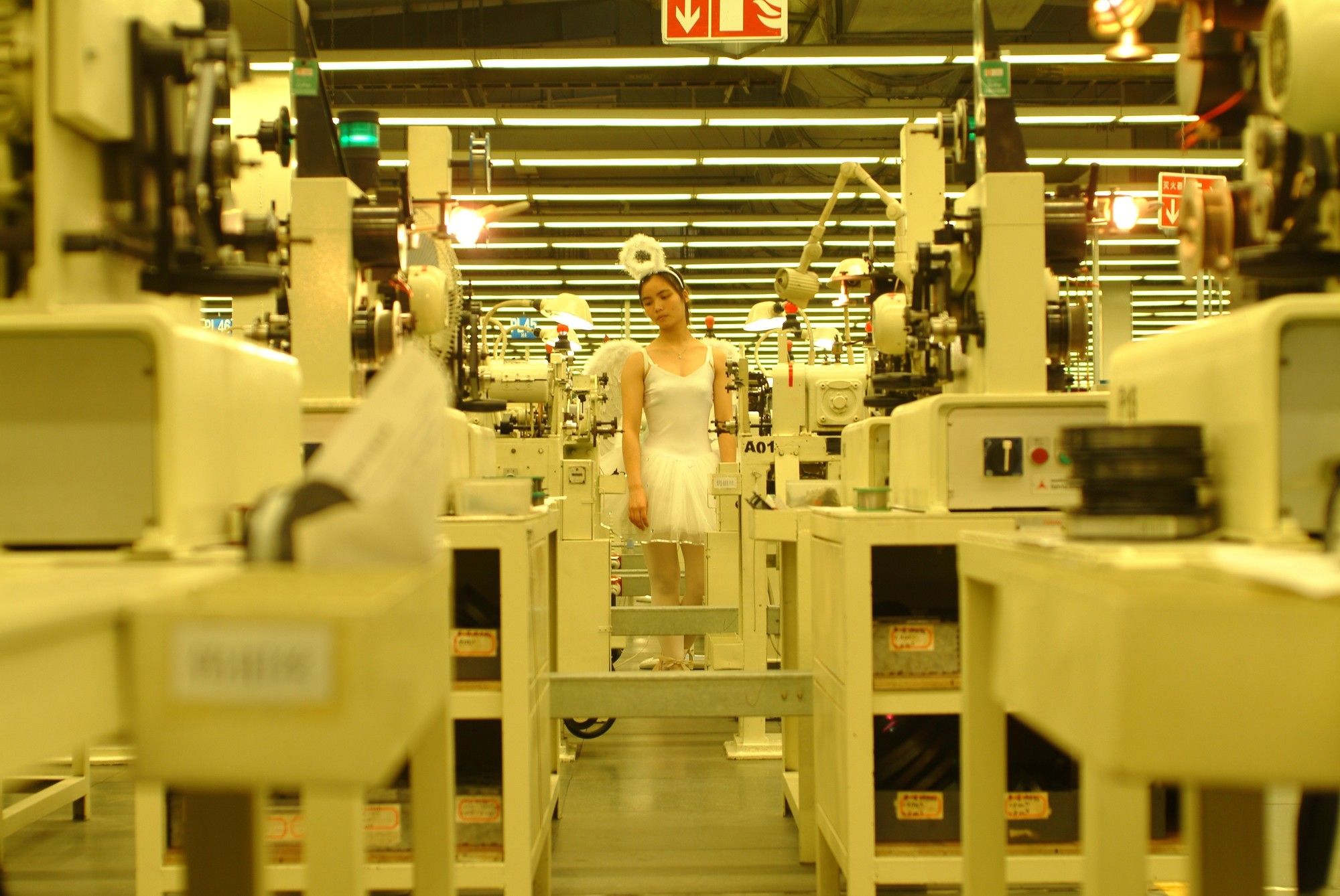
Whose Utopia is a representative work by Cao Fei, one of the most prominent Chinese artists with a major solo show at the Brazilian museum Pinacoteca de São Paulo. Cao Fei takes her homeland and its rapid growth as a starting point to talk about contemporary challenges faced everywhere in the world: over-consumerism, social disintegration, environmental pressures, forced displacement, housing issues, precarious working conditions, and loss of historical and cultural heritage. To that, she adds a singular language that mixes a poetic and sensitive approach to retro-futurist aesthetics and cutting-edge technology. Despite being fictional, her works document the contemporary world and help us better see our strange - apocalyptic - reality.

Curated by Pollyana Quintella (part of the Artpool community), the exhibition Cao Fei: The Future is not a Dream is installed in the new building of Pinacoteca, inaugurated in São Paulo in March 2023, as an expanded cinema. "Although her main media is video, she understands it as a sculpture. When the public is watching her films, they are not suspended in time and space, as it happens inside movie theatres. Cao Fei always has a strong signature in the space. In her scenographic spaces, several elements of the film escape to the outside," explains the curator.
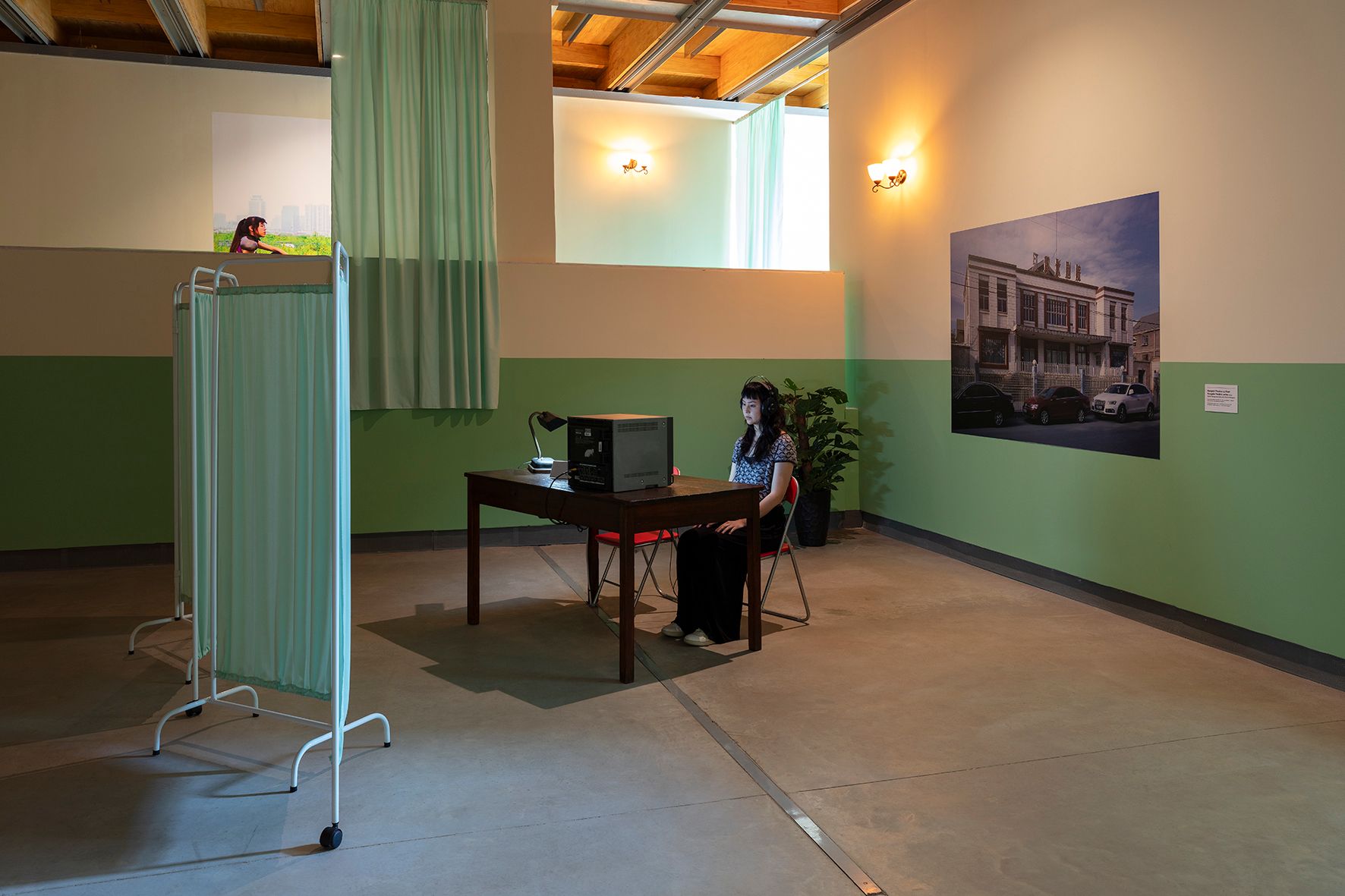
How has digital changed our identities?
In the 1980s, when Cao Fei started producing art, China was undergoing a process of urban change with no parallel in history and experiencing a technological revolution that has placed the country among the global leaders in this area. In this context, RMB City, a milestone between art and social media, was built by Cao Fei in the Second Life platform, where users back in 2009 could create Avatars and interact. The artist took two years to build this complex city that reflected China's urban and cultural boom at the time. She asked curators, collectors, artists, and other art professionals to participate in the city that hosted art performances and museum openings. It was opened to the public until 2011 and was a significant avant-garde experience to what we later understood as Metaverse.
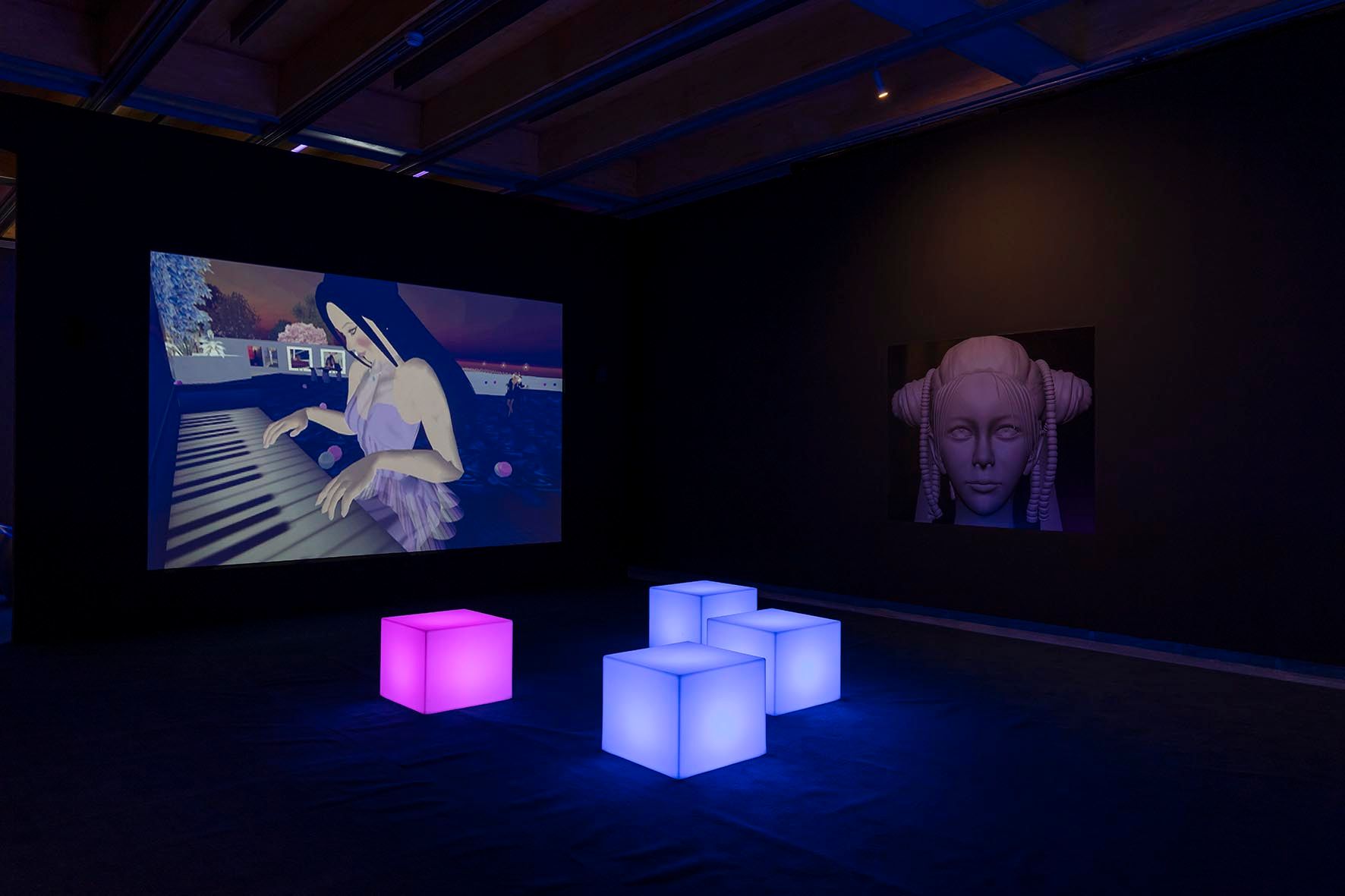
Speaking of which, the video Meta-mentary, also on view at Pinacoteca, is a real delight. The artist's team approaches people in the streets in China to interview them about the Metaverse. They ask questions such as "Do you think the Metaverse represents freedom?", "Can you fall in love in the Metaverse?", "Is the Metaverse a fraud?" or "Do you want to fly in the Metaverse?". This and other videos open good-tempered discussions about subjects like fake news, cyberbullying, misinformation, and political polarization. Surprisingly, a significant amount of passer-buyers know what the Metaverse is. One of them sharply says: "These novelties are the ones who make people feel half awake, half asleep."
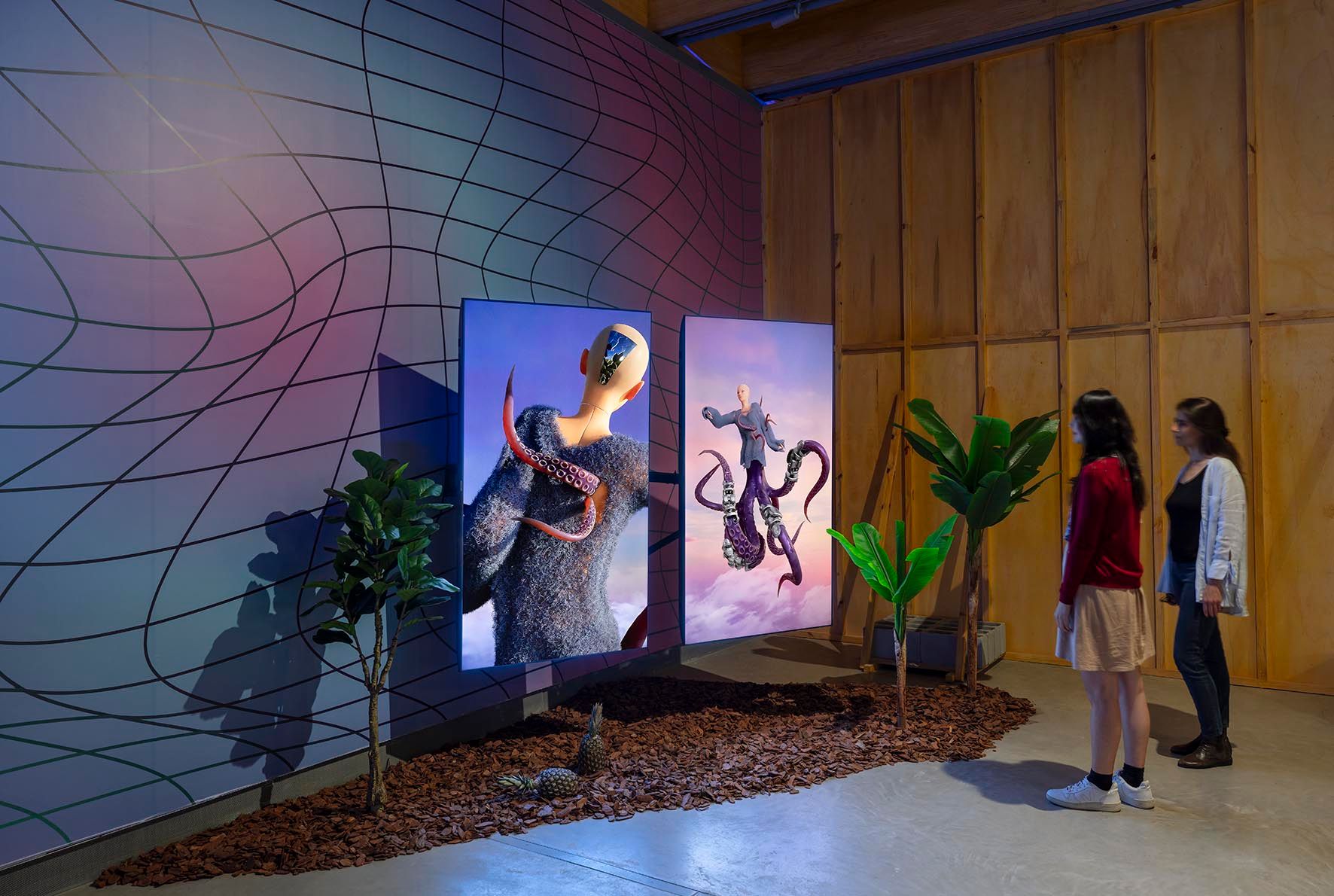
Isn't science fiction a reality?
And that's how we get to zombie movies. Inspired by the American series The Walking Dead, the video Haze and Fog shows zombies that are middle-class Chinese people in their generic apartments and their depersonalized neighborhoods. The light-hearted video with a tango soundtrack presents sophisticated constructions around automatism, addiction, and anesthesia in a technocentric era. It also triggers reflections on whether tenderness, consciousness, and caring can still exist amongst people in the present and future.
We sometimes live in horror movies - Covid has proved that we can live under unimaginable circumstances. Cao Fei: The Future is Not a Dream plays with the limits between reality and fiction, the physical and the digital - and haven't we forgotten the boundaries between both?
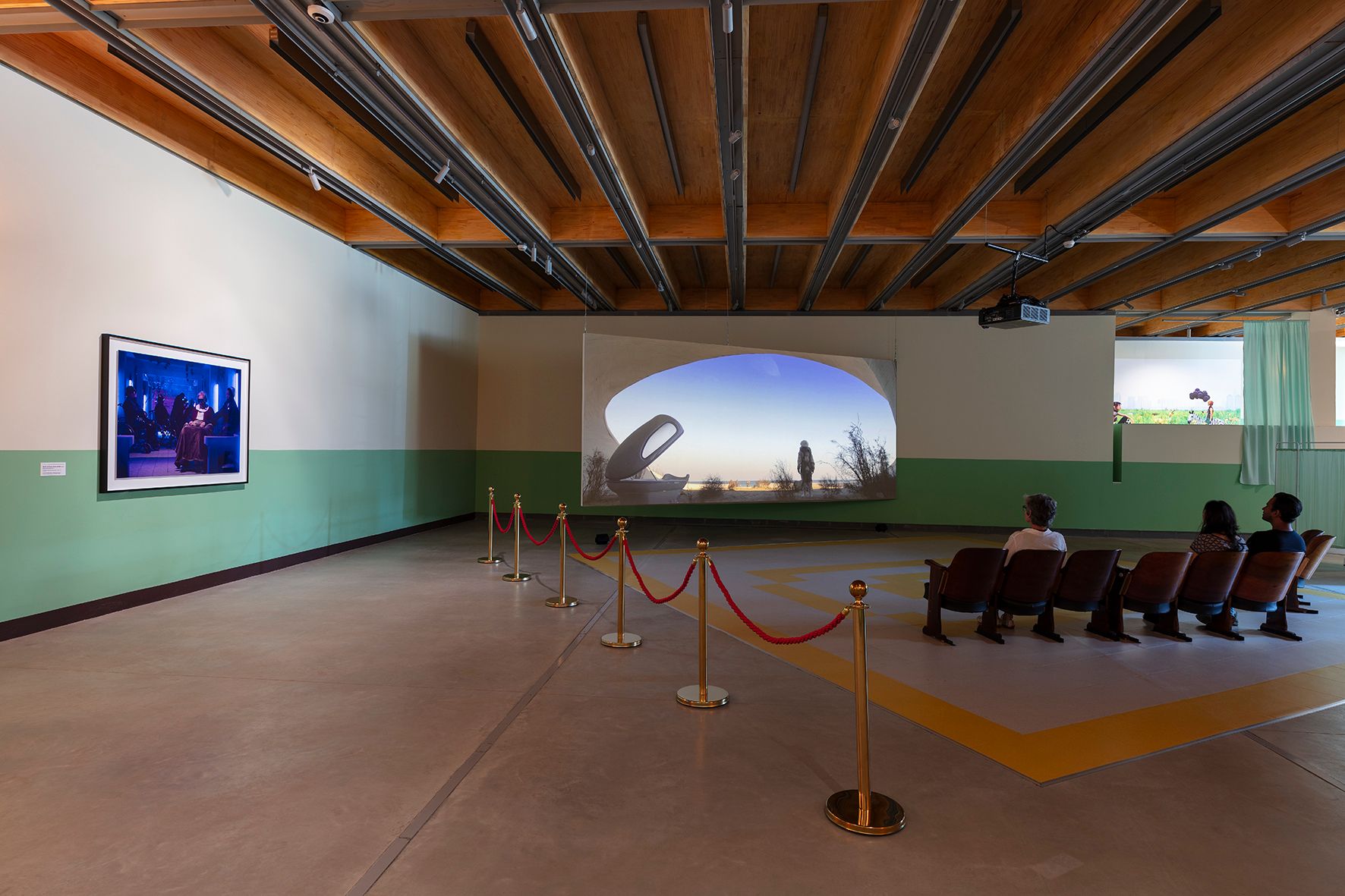
AliExpress new glasses
The 45-year-old Cao Fei already has an international career of two decades. Alongside her team, curator Pollyana Quintella brought to Pinacoteca a fair share of works that would relate to the Brazilian crowds: electronic devices, video games, and Chinese products take part in the routine of Brazilian people. "Today, China and Brazil are marked by a strong economic interdependence. At the click of a button, we buy products from China. But we still don't really know them culturally," says Quintella.
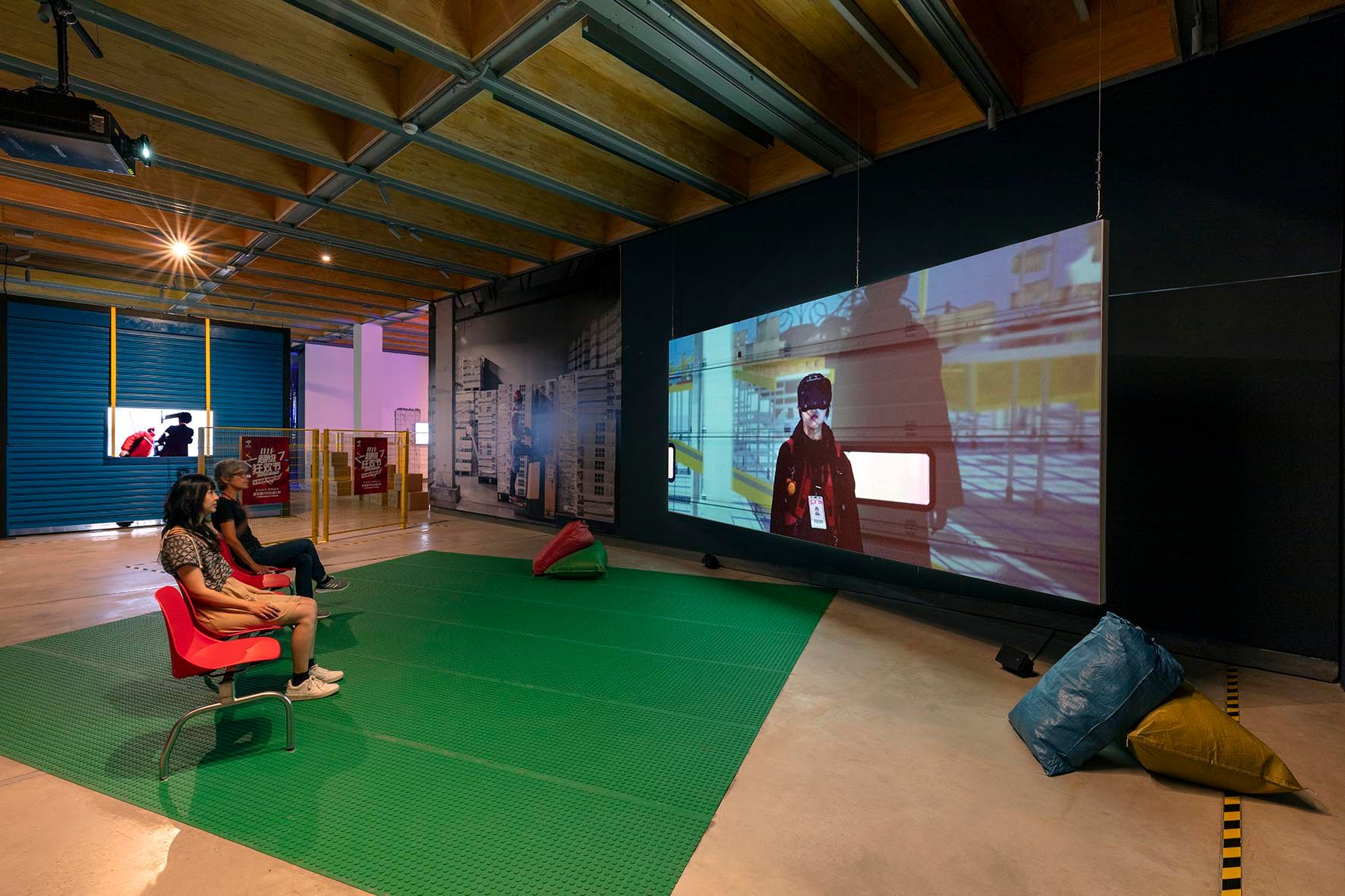
Physical and cultural distance between both countries were day-to-day challenges during the production of the exhibition (a practical note on the time difference between São Paulo and Beijing, which is 11 hours). "This exhibition demanded a lot of care with the context. I read a lot of Chinese science fiction, watched one documentary about China every night, and consumed every type of information I could about the country. You must put new glasses on to enter the artist's work".
Cao Fei: The Future is not a Dream is on view at Pinacoteca de São Paulo through April 14th, 2024. Click here to go through the virtual tour of the exhibition.